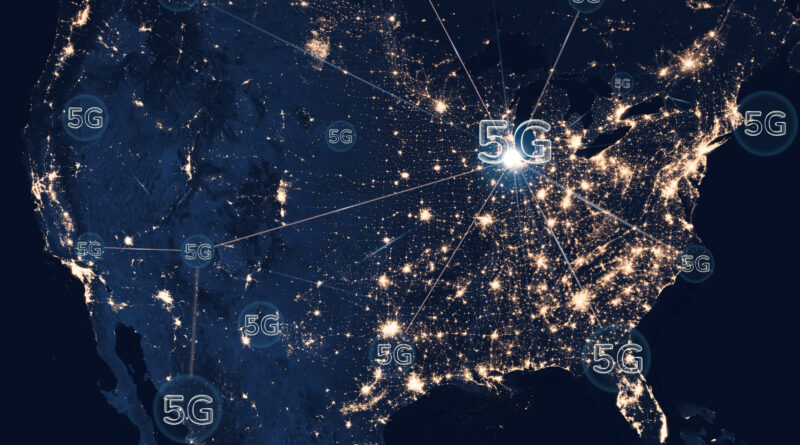5G Coverage Maps: Understanding Availability
Introduction:
As the world embraces the transformative potential of 5G technology, it becomes crucial to understand the availability and coverage of these networks in different areas. 5G coverage maps (CM) play a vital role in helping individuals and businesses identify where they can access high-speed connectivity. In this article, we will delve into the significance of 5G (CM), their key features, and how they assist in determining 5G availability in specific locations.
Importance of 5G Coverage Maps:
5G (CM) serve as essential tools for assessing the reach of 5G networks. These maps provide a visual representation of the areas covered by 5G infrastructure, allowing users to determine if they are within a 5G coverage zone. By understanding the coverage landscape, individuals and organizations can make informed decisions regarding device upgrades, selecting service providers, and planning for future deployments.
Key Features of 5G Coverage Maps:
- Coverage Visualization: 5G (CM) illustrate the extent of 5G availability using color-coded representations, highlighting areas with varying degrees of coverage, such as full coverage, partial coverage, or no coverage.
- Granularity: These maps offer varying levels of granularity, allowing users to zoom in and explore coverage at the city, neighborhood, or even street level. This detailed information helps users determine the likelihood of accessing 5G connectivity in specific areas of interest.
- Interactive Functionality: Many 5G (CM) provide interactive features, allowing users to input their location or search for specific addresses to see the corresponding 5G coverage information. This interactivity enhances user experience and facilitates precise assessment.
Using 5G Coverage Maps:
- Check Service Provider Websites: Major telecommunication companies typically display their 5G (CM) on their official websites. Users can visit these websites and enter their location details to obtain accurate coverage information for their area.
- Mobile Applications: Some service providers offer mobile applications that include 5G (CM). Users can download these apps and access real-time coverage information on the go.
- Third-Party Sources: Independent websites and technology publications often aggregate data from multiple service providers to create comprehensive 5G coverage maps. These sources can provide a broader perspective on 5G availability across different networks.
Conclusion:
5G (CM) are invaluable resources for anyone seeking to understand 5G availability in their area. By utilizing these maps, individuals and businesses can gain insights into coverage landscapes, plan for 5G adoption, and maximize the benefits of this next-generation technology. Whether through official service provider websites, mobile apps, or third-party sources, leveraging 5G (CM) empowers users to make informed decisions in an increasingly connected world.




